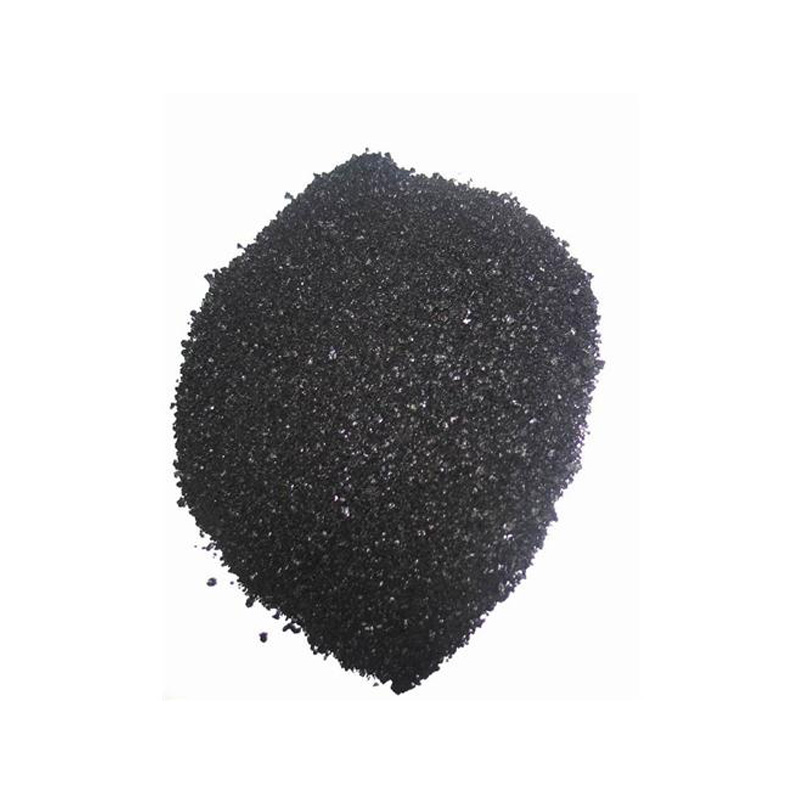sulfur black dye supplier
Understanding Sulfur Black Dye and Its Suppliers
Sulfur black dye is a prominent colorant in the textile industry, renowned for its deep, rich black hue and excellent colorfastness properties. This dye, derived from sulfur compounds, is primarily used for dyeing cotton and other cellulose-based fabrics, making it indispensable in the manufacturing of denim, workwear, and various other textile products. As sustainability and environmental concerns become increasingly paramount in the textile industry, understanding sulfur black dye and its suppliers is essential for manufacturers aiming to combine quality with responsibility.
Characteristics of Sulfur Black Dye
One of the key advantages of sulfur black dye is its ability to produce intense black colors with a high degree of light and wash fastness. This means that garments dyed with sulfur black maintain their color during laundering and exposure to sunlight, making them particularly suitable for heavy-duty applications. Furthermore, sulfur black is cost-effective, which is a significant consideration in the competitive textile market.
However, the application process for sulfur black requires specific methods. The dye is typically applied in a reductive process, whereby it is reduced to a soluble form before being absorbed by fibers. After the dyeing process, the fabric is oxidized to restore the black color, ensuring that the dye locks firmly into the material. This multi-step process can be a consideration when evaluating suppliers, as it may affect production timelines and costs.
Environmental Considerations
As environmental regulations tighten and consumer awareness grows, the impact of dyeing processes on the ecosystem has come under scrutiny. Sulfur dyes are often seen as less harmful than many synthetic alternatives due to their lower toxicity. However, the reduction and oxidation processes involved in sulfur dyeing can produce environmental byproducts that need careful management.
Modern suppliers of sulfur black dye are increasingly focusing on sustainable practices. This includes adopting advanced treatment technologies to minimize waste and emissions and using raw materials that have a lower environmental impact. Manufacturers looking for suppliers should consider those who have made commitments to sustainability, ensuring that their dyeing processes adhere to evolving environmental standards.
Finding Reliable Suppliers
sulfur black dye supplier

When searching for sulfur black dye suppliers, it’s imperative to evaluate their quality, reliability, and commitment to sustainability. Here are key factors to consider
1. Reputation and Experience Look for suppliers with a solid track record in providing sulfur black dye. Experienced suppliers are more likely to have established quality controls and can offer technical support on dye application.
2. Product Quality Request samples to assess the quality of the sulfur black dye. Conduct tests to verify its performance in your specific applications. This can include colorfastness tests and assessments of the dye’s chemical composition.
3. Sustainability Practices Inquire about the supplier’s environmental policies. Are they compliant with international environmental standards? Do they have measures in place to reduce waste and emissions? Engaging with suppliers who prioritize sustainability can enhance your brand’s reputation in the eyes of consumers who value eco-friendliness.
4. Technical Support Consider suppliers that offer technical assistance, including guidance on dyeing techniques, troubleshooting, and formulation advice. This support can be invaluable in achieving the desired dyeing outcomes and resolving any issues that may arise during production.
5. Supply Chain Practices Assess the supplier's overall supply chain sustainability. This includes how they source raw materials and manage their production processes. Ethical sourcing of materials is becoming a critical component of responsible manufacturing.
Conclusion
As the textile industry continues to evolve, sulfur black dye remains a staple due to its desirable properties and versatility. Finding a reliable supplier that aligns with your quality and sustainability needs is crucial for any manufacturer. By carefully evaluating potential suppliers based on their reputation, product quality, sustainability practices, and support services, you can ensure that you are making informed decisions that contribute to both your business success and the health of our planet. Through such partnerships, the textile industry can move toward a more sustainable future while still delivering high-quality products.
-
The Timeless Art of Denim Indigo Dye
NewsJul.01,2025
-
The Rise of Sulfur Dyed Denim
NewsJul.01,2025
-
The Rich Revival of the Best Indigo Dye
NewsJul.01,2025
-
The Enduring Strength of Sulphur Black
NewsJul.01,2025
-
The Ancient Art of Chinese Indigo Dye
NewsJul.01,2025
-
Industry Power of Indigo
NewsJul.01,2025
-
Black Sulfur is Leading the Next Wave
NewsJul.01,2025

Sulphur Black
1.Name: sulphur black; Sulfur Black; Sulphur Black 1;
2.Structure formula:
3.Molecule formula: C6H4N2O5
4.CAS No.: 1326-82-5
5.HS code: 32041911
6.Product specification:Appearance:black phosphorus flakes; black liquid

Bromo Indigo; Vat Bromo-Indigo; C.I.Vat Blue 5
1.Name: Bromo indigo; Vat bromo-indigo; C.I.Vat blue 5;
2.Structure formula:
3.Molecule formula: C16H6Br4N2O2
4.CAS No.: 2475-31-2
5.HS code: 3204151000 6.Major usage and instruction: Be mainly used to dye cotton fabrics.

Indigo Blue Vat Blue
1.Name: indigo blue,vat blue 1,
2.Structure formula:
3.Molecule formula: C16H10N2O2
4.. CAS No.: 482-89-3
5.Molecule weight: 262.62
6.HS code: 3204151000
7.Major usage and instruction: Be mainly used to dye cotton fabrics.

